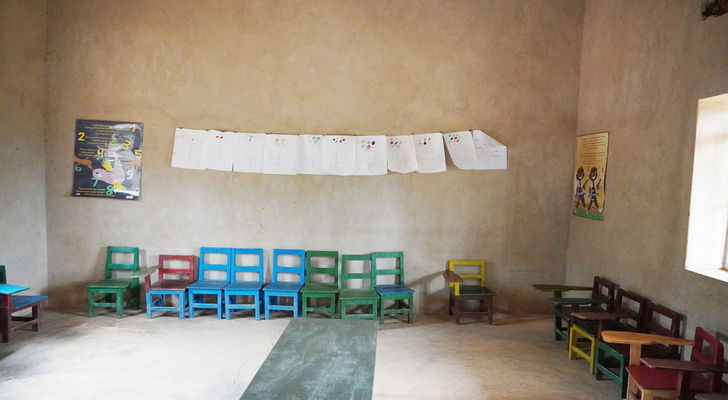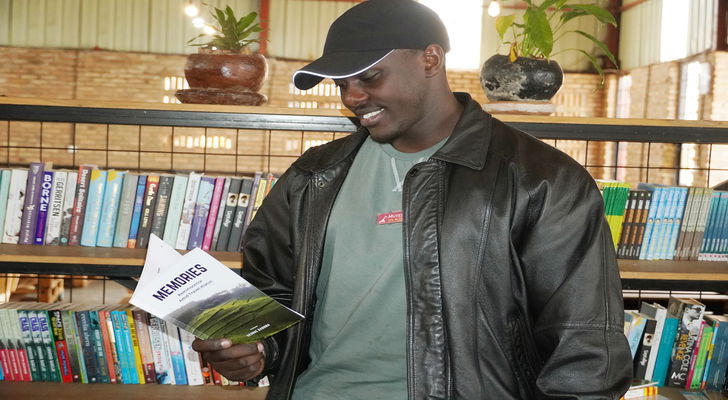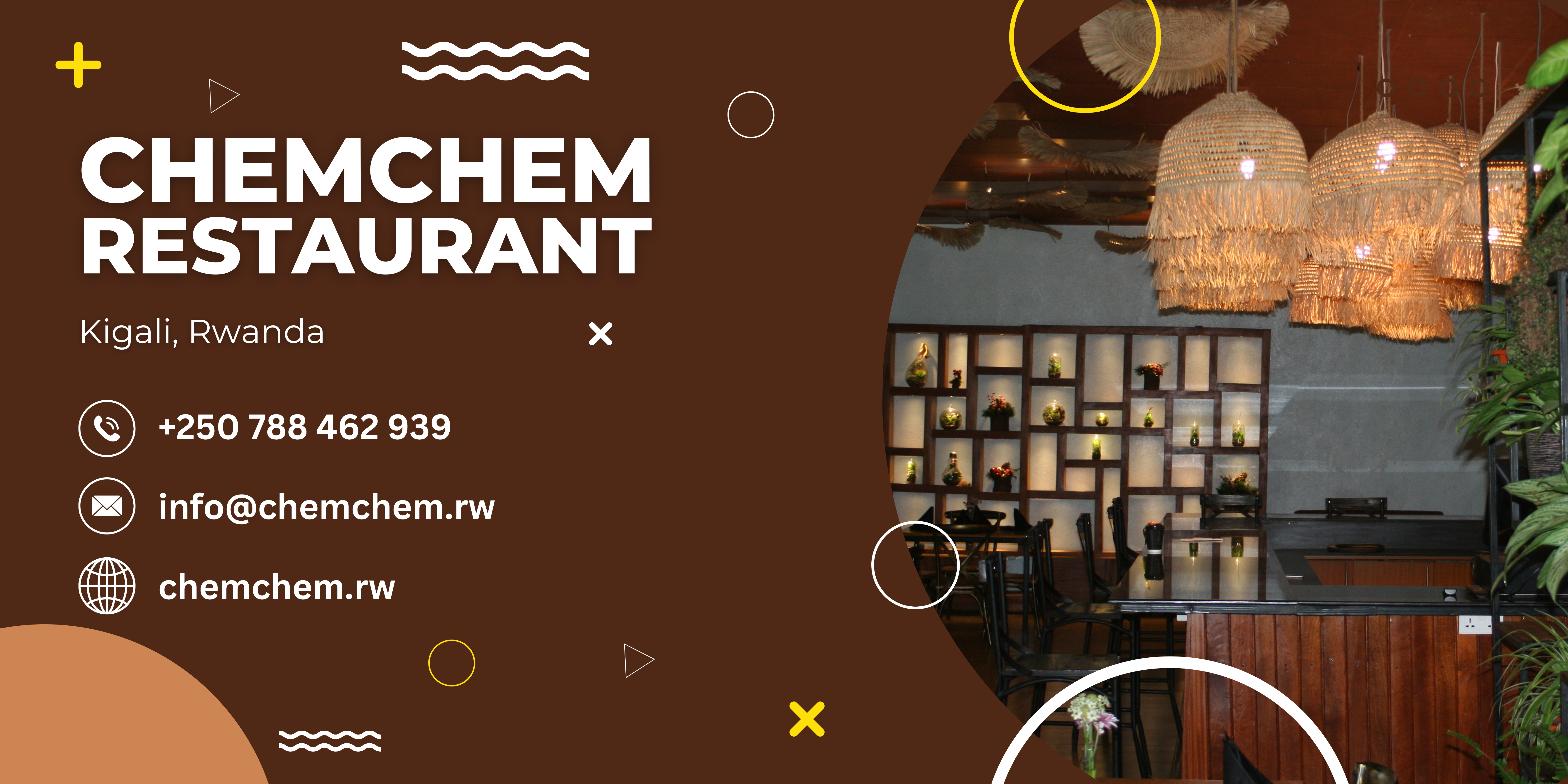Community Outreach Chronicles
I concluded my last post bidding goodbye to the people of Kayonza. Then I realized I had one more thing to do before departure: giving away more books. Until then, the only place I had left a book during my Kayonza sojourn was Rutete Eco-Lodge.
Donating books is part of my tours' community outreach program. The objective is to cultivate the culture of reading while promoting tourism. The books I distribute highlight my travel experiences, observation and encounters in different African destinations.
I am currently on a tour of all thirty districts of Rwanda. Dubbed The 30 Districts Expedition, this mega campaign is designed to celebrate the beauty of the Land of 1,000 Hills, promote local businesses and give back to the host communities along the way.
I usually organize interactive book club sessions with young readers wherever I donate books. Unfortunately, while in Kayonza, I ran out of time. However, I was able to deliver the books to the following beneficiaries:
Hirwa Children's Foundation

I dropped the first parcel at a local nursery school built by Hirwa Children's Foundation. The school was closed. As a result, I didn't have an opportunity to interact with the children. Fortunately, the founder of the foundation, John Habihirwe, was there to receive the gifts from the heart given to feed the mind.
The said school offers free education and meals for the benefit of destitute members of the community. Currently, seventy children and thirty adults are pursuing nursery and adult learning programs respectively. The latter was rolled out to help illiterate adults learn how to read and write.
Managing Hirwa Children's Foundation is not the only thing John does. The proactive member of my host community in Rwinkwavu is also a tour operator. His company, Village Walk and Bike Tours Rwanda, offers walking and cycling tours around the village.
Furthermore, Village Walk and Bike Tours Rwanda provides camping gear for tourists attracted by the neighboring Akagera National Park and the surrounding landscapes. Thirty percent of profit obtained from this venture goes directly to the community he loves dearly.
Rwinkwavu Community Library and Learning Center

The last time I visited this library, I donated books paid for by Umuri Foundation. This time, I have done the same in partnership with Chemchem Restaurant. As usual, donated books are sourced from the Exposure Publishers' collection. The material is crafted to showcase the beauty of Africa while telling inspirational stories from African communities.
Rwinkwavu Community Library and Learning Center encompasses a well-equipped computer lab, an artistically designed music studio, a spacious amphitheater and an outdoor basketball court. Free access to the center is granted to members of the community, particularly the youth.
The role of the facility in shaping mindsets and developing skills is undeniable. Through the establishment, young people in the area are spending their time constructively and staying away from alcohol and drug abuse.
The center is managed by Ready for Reading. The nonprofit organization enables people to write new chapters in their lives. In partnership with LitWorld, Global G.L.O.W., Partners in Health, TEACH Rwanda and Shooting Touch, the organization mobilizes resources needed to fight poverty of the mind, body and spirit.
Imigongo Art Center

This is a popular joint for travelers traversing the busy Kigali - Kayonza highway. If you have used this route recently, I bet you are familiar with the center's coffee shop. Apart from the coffee shop, the setup includes an art gallery and a mini market.
Charles Ishimwe, the co-founder of Imigongo Art Center, believes in the power of art as a stimulant of the mind. "Art triggers our creative acumen and divergent thinking, hence boosting our overall productivity." He told me.
Imigongo Art Center derived its name from the iconic decor that originates from an area known as Gisaka in present-day Kirehe District. It was invented by Prince Kakira in the 18th Century. Over the years, the art evolved to suit the needs of the modern clientele. The process of crafting imigongo artworks is quite intriguing. The artisans create frames on which patterns are drawn. The sketches are then developed into pronounced geometrical figures. Materials used are cow dung, ash, glue and paint.
The next time you grab a cup of coffee at Imigongo Art Center, feel free to grab a copy of one of my books and flip through my travel chronicles. You will undoubtedly pick up interest in featured attractions.
